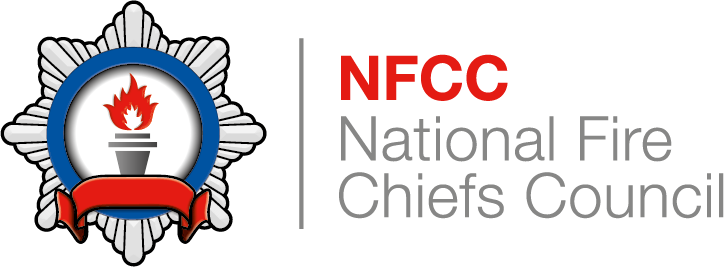National review of community risk methodology across UK Fire and Rescue Service
Navigation
Section
Good Practice
Range of evidence
Across the submissions it is clear there is the potential for a wide range of relevant sources of evidence to contribute to decision making throughout the community risk planning process. There are some examples of good practice where FRSs have targeted partner organisations or sources of data to inform specific decisions about risk. This includes the frequently cited work commissioned by Kent and also the survivability work by West Midlands that a high proportion of FRSs cite. Six reported using David Wales’ (2013) paper on the evidence of behaviour from people who have been involved in fire. Seven FRSs consider the notion of “survivability” in their submission, assuming this gives an indication that such evidence would be used if accessible.
The above point supports the next point of good practice. This is the creation of the evidence base to establish not just who is at risk, but why these individuals / communities / geographic regions are at risk. Academic research should be part of the wide evidence base FRSs use to inform why this risk (particularly socio demographic or lifestyle risk) is a risk and also to evidence efficient ways in which to target individuals. Academic and practitioner research can also be used to avoid costly but ineffective (or even detrimental) activities being carried out.
Use of guidance documents
Many FRSs report using the guidance documents on the NFCC Guidance webpage in their submissions. This provides many targeted resources which are beneficial for many prevention areas, so the use of this information is to be encouraged in FRSs through any national communications and guidance. However, it was not clear which of these are utilised in carrying out prevention activities, or how they are utilised. We would highlight the importance of continuing to use high quality guidance documents, and support these documents being maintained to ensure they remain relevant. We also highlight the importance of thoroughly describing methodological processes, as this supports transparency and replicability and demonstrates leading practice.
